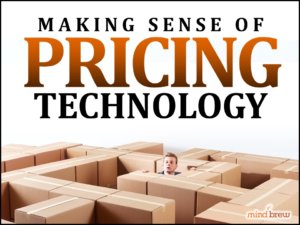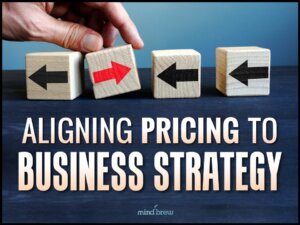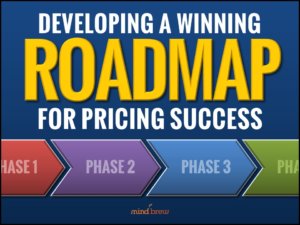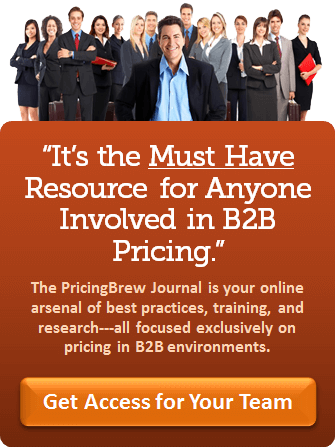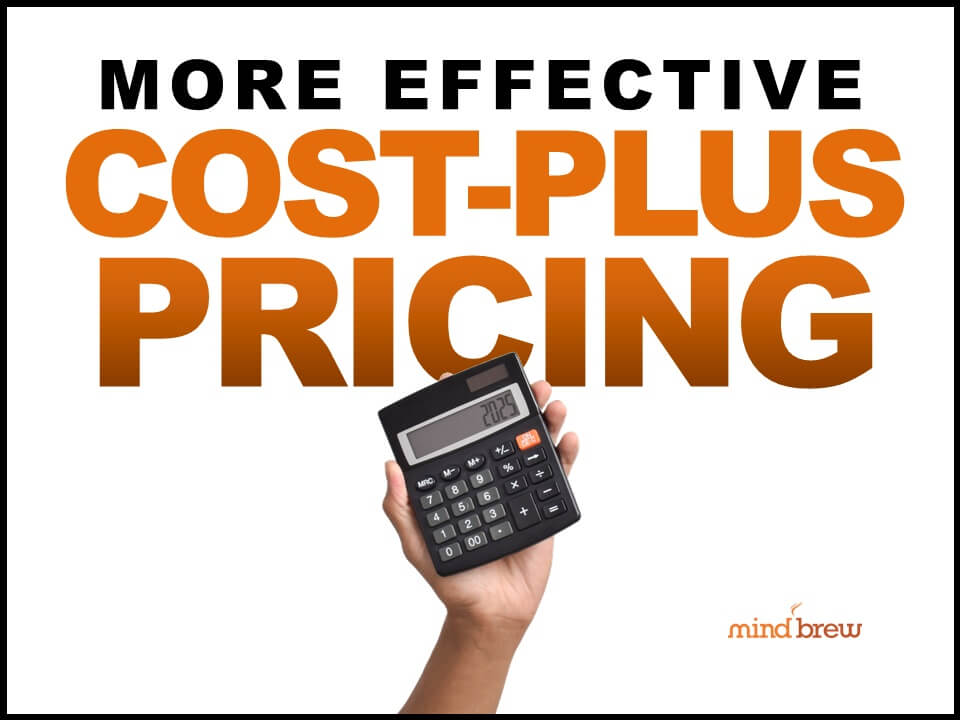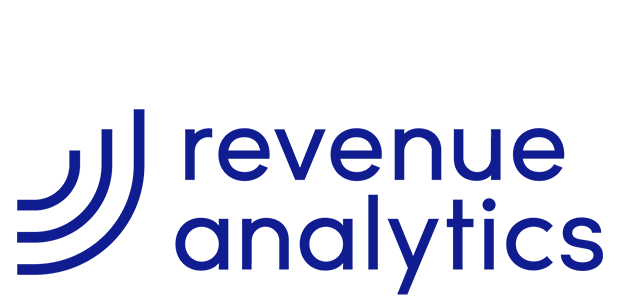You don’t have to look hard to find ways that technology has made daily tasks a little faster.
You can dash off an email or a text in a fraction of the time it took your grandparents to write a letter. With your smartphone, you can take a great photo with just a simple click — no worries about selecting the right film, lens, and shutter speed. Instead of taking hours to read through a printed newspaper, you can scroll the headlines while you’re waiting in line for your morning coffee. And you can buy almost anything you want from the comfort of your home and have it delivered in just hours or days.
But while each of these tasks is faster today than in the past, you would be hard pressed to argue that any of them have become better.
The text message you send your significant other isn’t nearly as carefully planned as a love letter of old. Your selfies probably aren’t better composed or more artistic. Doomscrolling the headlines does not lend itself to thoughtful introspection, and impulse buys made from your phone might not be as deliberate and well-informed as purchases made after a lengthy in-person trip to a store.
The evolution of pricing technology
The same phenomenon has occurred in the realm of pricing technology. The tools have come a long way over the past few decades. Gone are the days of Excel-driven processes with manual discounting and limited customization potential.
Today, you can push updates across thousands of SKUs in just minutes. Machine learning can offer up optimization strategies on the fly. You can feed the sales team perfectly formatted quotes on demand. And you can adjust prices in real time based on shifting market conditions.
But what if your pricing automation is making you less strategic?
It’s easy to assume that automating pricing means improving it. But just because you can move faster doesn’t mean you’re heading in the right direction. When you can update pricing with just a few clicks or a rule-based workflow, you risk losing the context, judgment, and discussion that make pricing effective. Efficiency becomes the goal, rather than a means to a smarter pricing outcome.
When automation goes wrong
We’ve had the unfortunate opportunity to see the dark side of pricing automation up close. Here are three of the most common scenarios:
- Speed inhibits thoughtfulness: Automation makes it easy to react to changes without even thinking. Over time, your team can become so reliant on the tool to spit out a price that they don’t even consider the long-term ramifications of their decisions. And when prices change without clear justification, customers become suspicious about your true product value.
- Discounting Gets Easier — And More Dangerous: There’s no question that CPQ tools make quoting much faster, but they might also turn discounting into default behavior. Your sales team will quickly learn which inputs allow them to offer price reductions to the customer. And when they can offer discounts easily, they might skip true negotiations and value conversations. Eventually, thresholds that used to require approval become the new normal, and average selling prices (and margins) suffer as a result.
- Rule-Based Logic Reinforces Old Mistakes: Many automation tools operate on if-then-else rules. But if those rules are built on old assumptions or outdated segmentation, they continue to reinforce bad decisions. If no one is monitoring the tool, your entire sales team might be offering ineffective pricing without anyone noticing.
- Automation Can Crowd Out Strategy: The more you automate, the more tempting it is to let the tools do the thinking. But pricing requires strategic thinking. It involves trade-offs, market nuance, competitive positioning, and long-term value decisions. Automation can drown that strategic perspective in favor of what’s measurable and repeatable.
- Treating Symptoms, Not Causes: When a deal isn’t closing, it’s easy for a tool to suggest lowering the price. But what if the real problem is poor segmentation, weak value messaging, or a poor product-market fit? Without a deeper understanding of why deals are lost, automation can lead teams to mask strategic flaws with tactical discounts. They are not only solving the wrong problems, but creating new problems that they will have to deal with down the road.
Of course, none of this means that automation is bad. On the contrary, it’s a powerful capability when paired with the right controls, context, and pricing mindsets.
We delve into the nuances of this issue in Making Sense of AI for B2B Pricing and Making Sense of Pricing Technology. And in Aligning Pricing to Business Strategy, we examine the need for strategic pricing in more detail.
Automation should be a force multiplier for your pricing strategies (and your team). The goal isn’t to automate more decisions; it’s to automate the right ones. Be sure technology is amplifying your pricing strengths — not simply scaling your blind spots.


